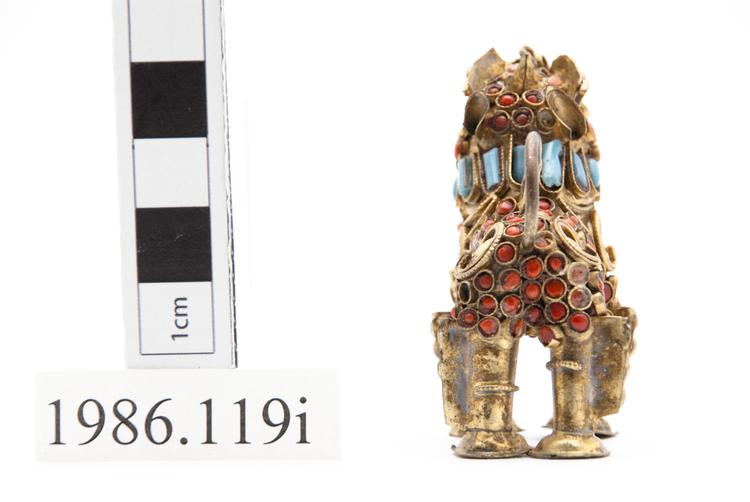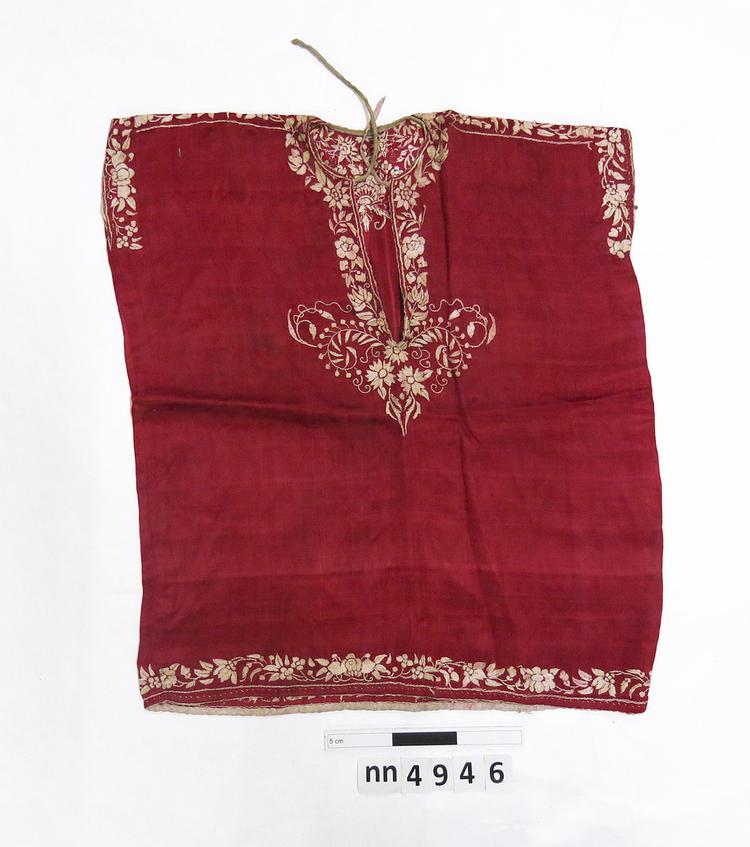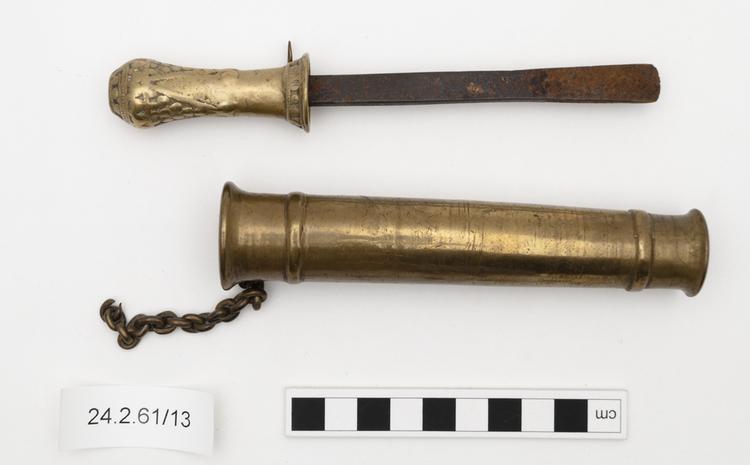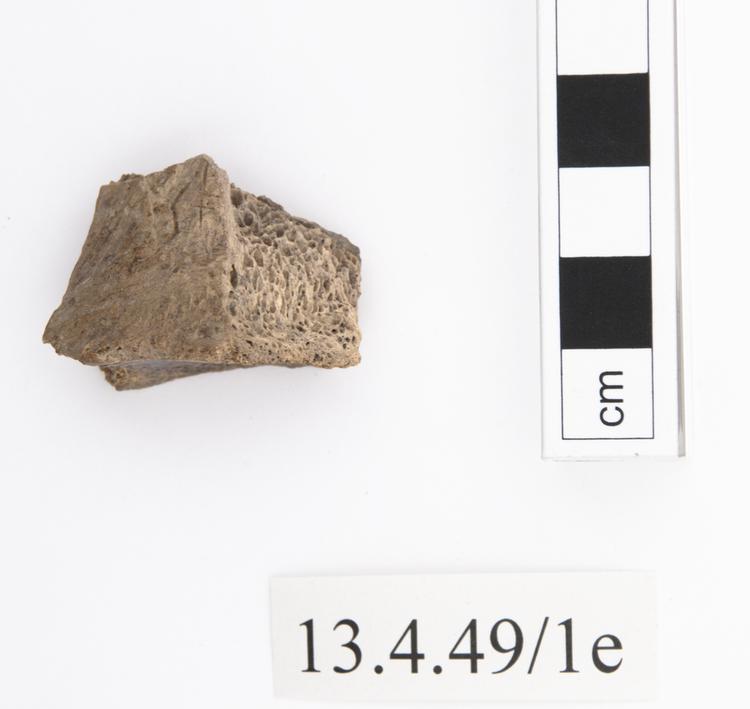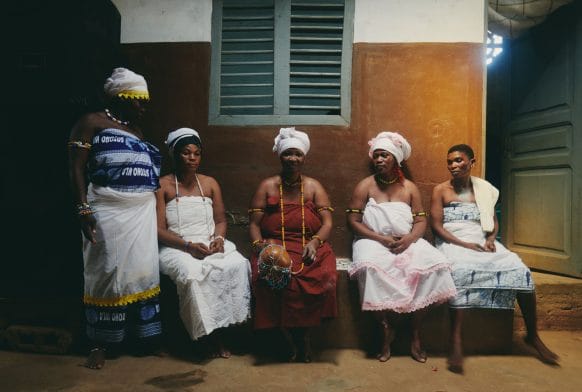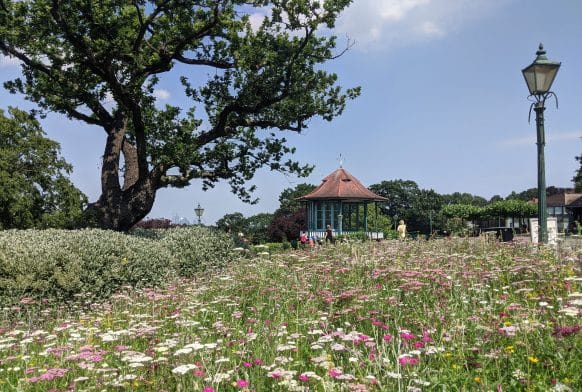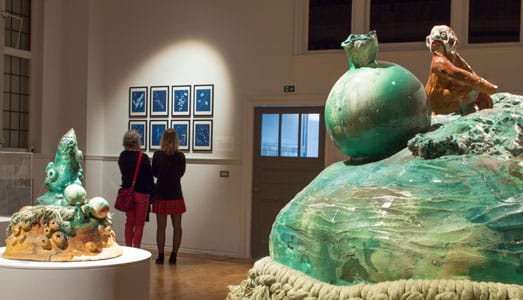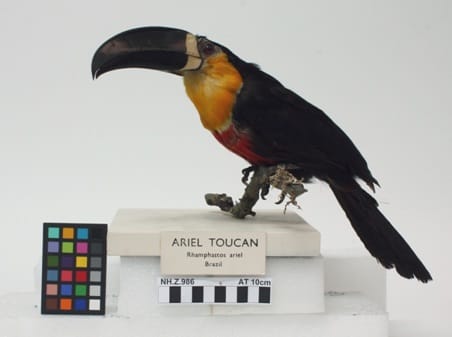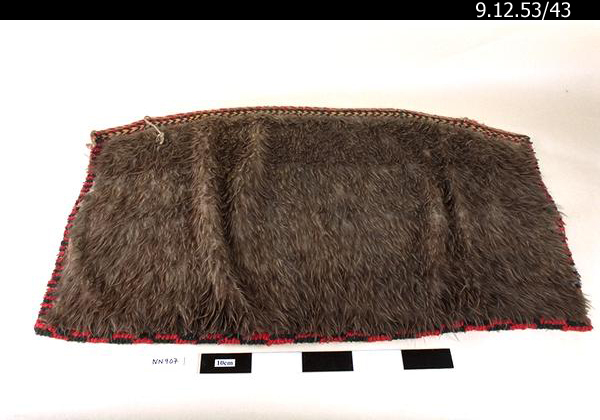
Kahu Kiwi, New Zealand flax cloak with a coloured trim, the whole overlaid with kiwi feathers.
Maori Kiwi Feather Cloak, Kahu Kiwi, New Zealand. This kahu kiwi, or Maori kiwi feather cloak, is a fine example of a traditional garment form that possesses great status in modern Maori culture. Many kahu are the taonga (sacred ancestral treasures) of particular Maori family lines. Although most Maori have worn the Western style of clothing for 150 years or more, the kahu has retained, and even gained, importance for Maori people over that time span. It has become a proud symbol of Maoritanga (indigenous identity, Maori-ness) in New Zealand’s modern multicultural society, and it symbolises honour and spiritual power (mana). In the early 19th century and before, cloaks were strikingly different to this example, and they have undergone constant stylistic reinvention since that time. They continue to develop in modern times, and while some weavers excel in producing new examples of historical styles with great fidelity, others incorporate new materials, synthetic dyes and foreign textile art techniques. Many of the earlier cloak styles were meticulously woven in harakeke (New Zealand flax, Phormium tenax) and their beauty is understood to come from their silky soft texture and pale golden colour. From the mid-19th century onwards, however, feather-covered cloaks (kahu huruhuru) became increasingly popular, and eventually completely dominant. While the feathers of many bird species were used to create colourful geometric patterns on kahu, the most prestigious type of feathers were the downy, almost fur-like feathers of the extremely elusive, nocturnal, forest-dwelling kiwi (Apteryx spp.). Kahu kiwi continue to be perceived as the most valuable and prestigious kahu to this day. Although normally associated with featherless cloaks covered in black tags termed korowai, this example also incorporates a continuous border of decorative paheke motifs in chemically-dyed lamb’s wool. These motifs appear to have been embroidered onto the cloak, but, like the feathers, they are worked into the weaving from the start. Although the motifs of paheke are similar to the colourful geometric patterns finely woven into the taniko borders of older, plain cloaks (kaitaka), their main aim was to exploit the vibrancy of colour afforded by the new Western dyes, and so their weaving is coarser to suit the coarse gauge of a woollen yarn. New Zealand flax, kiwi feather, wool. Late 19th Century. Formerly in the private collection of Miss. E. M. Fleetwood.



